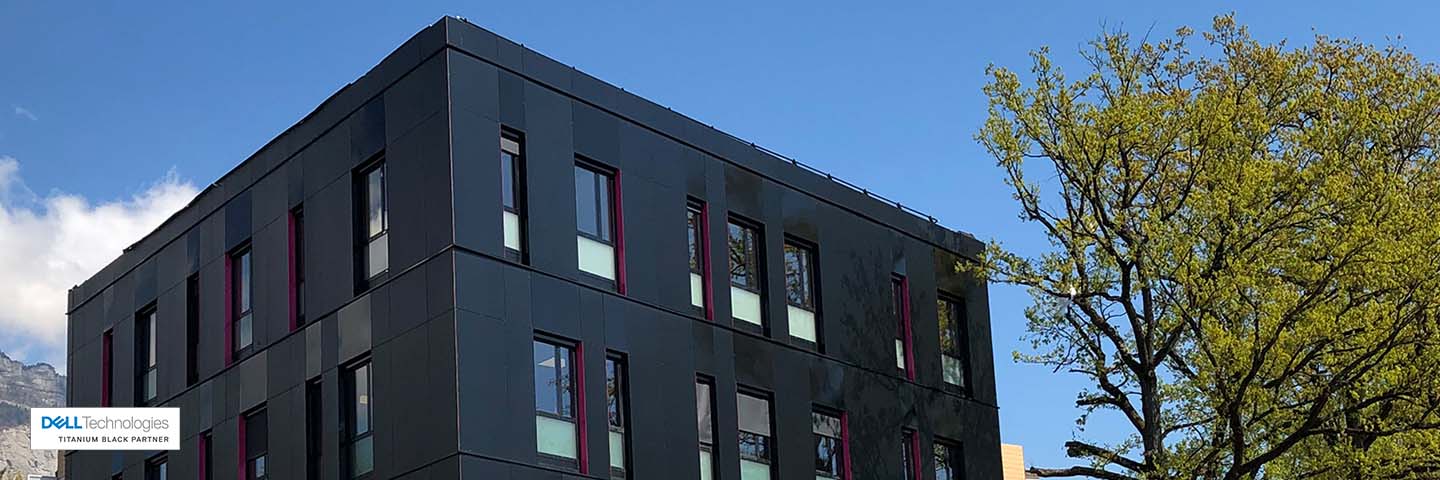Project objectives.
Dolphin Design had an HPC cluster set up by the in-house IT team a few years ago with about 20 compute nodes but three different CPU architectures.
The complexity and heterogeneity of the HPC architecture wasn’t meeting the needs of the users any more, but also wasn’t keeping up with the developing business. The most important aspect was to accelerate the development of the functional memory block with low-energy RAM used in the development of electronic chips.
In addition, the existing storage system (standard NFS server) was very limited in terms of capacity, performance, but also further development. Dolphin is aiming for a second phase of rapid growth, which meant that the first stage of the new HPC infrastructure had to be as quick and as easy as possible.
The content and quality of detail we received from Bechtle made it possible for us to better determine our requirements and plan the implementation of the solution as quickly as possible. Just one month after deciding on the HPC solution that was implemented in Bechtle’s capable hands, we were in a position to make our first long-hoped for calculations despite the fact that installation had to be carried out during the main holiday season. The results we have seen since then in practice have been outstanding!
Laurent Moyson, IT Manager, Dolphin Design
Solution.
Bechtle made all initial strategic decisions and selected the tech partners who would be involved in the implementation of the future HPC infrastructure. Dell (current Dolphin IT supplier) was selected for the servers to maintain homogeneity and control of maintenance tools; Bright Cluster Manager was chosen to facilitate solution management and enable the admin of several architectures with sub-clusters; and last but not least, BeeGFS to a create powerful and scalable storage capacities.
With input from the Dolphin IT department and users, the decision was made to install a quad-socket architecture based on Dell R840 with a latest generation Intel scalable V2 CPU offering a total of 448 potential simultaneous threads (with a speed of 3.6 GHz) on a set of seven nodes.
The BeeGFS storage is based on one single target server dedicated to meta data and two single target servers for power and storage capacity. This results in an effective 10 TB per server and more than 5 GB/s total bandwidth.
A hardware and software maintenance contract with Bechtle as a SPOC (Single Point Of Contact) and special HPC support chips guarantee that Dolphin gets the support they need when using their new, enterprise-critical tool.
Business benefits.
The aim of getting the new cluster up and running quickly was achieved with flying colours. After just one month of ordering, the long-hoped for benefits were confirmed in practice—simple management with Bright CM, powerful and accessible storage and, above all, huge advantages in the development phases of Dolphin products.
Users benefit from up to four times shorter computing times compared to the old HPC resources, but also from higher development capacities in cases that could not previously be simulated.


